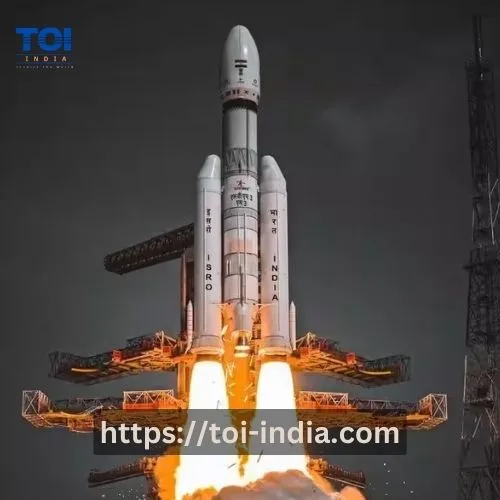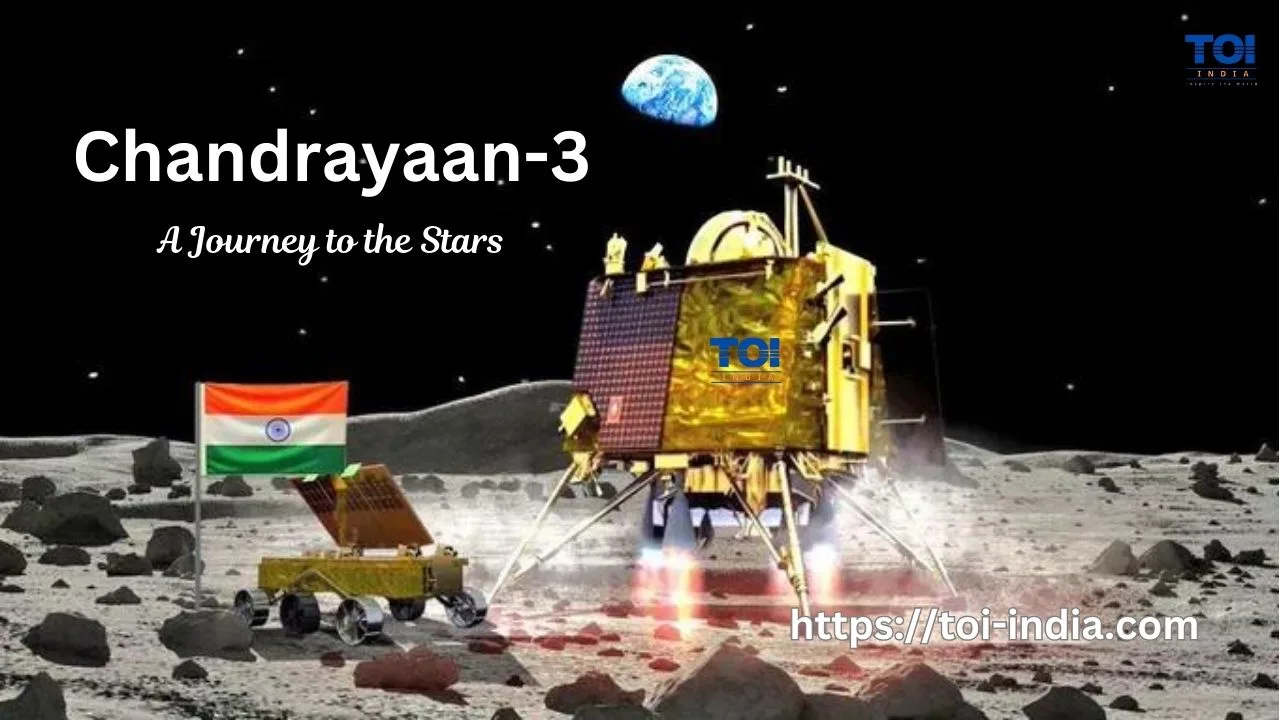The Indian Space Research Organization (ISRO) has made remarkable strides in the field of space exploration since its inception. With numerous missions under its belt, ISRO has played a pivotal role in advancing India’s presence in outer space. In this article, we will delve into the extensive array of missions undertaken by ISRO, including its first mission and a standout successful mission. From satellites to interplanetary exploration, ISRO’s endeavors have left an indelible mark on space research.
Table of Contents
The Number of Missions by ISRO
ISRO has embarked on a multitude of missions, showcasing its expertise in satellite deployment, space research, and interplanetary exploration. As of now, ISRO has successfully conducted 124 spacecraft missions, 92 launch missions, each contributing to our understanding of the cosmos and technological progress.
A Glimpse of Success: The Mangalyaan Mission
One of ISRO’s standout achievements is the Mars Orbiter Mission, popularly known as Mangalyaan. Launched on 22 October 2008, Mangalyaan marked India’s first interplanetary mission. The mission aimed to study the Martian surface, morphology, atmosphere, and mineralogy, and it succeeded in its endeavor. The spacecraft’s successful insertion into Martian orbit was a historic moment for ISRO and India as a whole. This achievement demonstrated ISRO’s capability to execute complex interplanetary missions with precision.

A Range of Missions by ISRO
ISRO’s missions encompass a wide spectrum of objectives, showcasing its versatility and commitment to scientific exploration. Some notable missions include:
1. Chandrayaan-1: Launched in 22 October 2008, this mission marked India’s first lunar probe. It contributed to the discovery of water molecules on the Moon’s surface, revolutionizing our understanding of Earth’s celestial neighbor.
2. Chandrayaan-2: Building upon the success of its predecessor, Chandrayaan-2 aimed to explore the Moon’s south polar region in 2019. While the lander experienced a hard landing, the orbiter continues to transmit valuable data about the Moon’s surface.
3. PSLV-C37: In 2017, ISRO set a world record by launching 104 satellites in a single mission using the Polar Satellite Launch Vehicle (PSLV). This achievement showcased ISRO’s cost-effective approach to space exploration.
4. Mars Orbiter Mission (Mangalyaan): As mentioned earlier, Mangalyaan was ISRO’s milestone interplanetary mission that achieved orbit around Mars.
5. Cartosat Series: ISRO’s Cartosat satellites are dedicated to Earth observation and cartographic applications. They provide high-resolution images that aid urban planning, disaster management, and environmental monitoring.
The Maiden Voyage: ISRO’s First Mission
ISRO’s journey began with the successful launch of its first satellite, Aryabhata, on 19 April 1975. Named after the ancient Indian mathematician and astronomer, Aryabhata marked India’s entry into the space age. This milestone laid the foundation for ISRO’s subsequent missions and its quest for technological excellence.
Chandrayaan programme
Chandrayaan-1
The Chandrayaan-1 moon probe was India’s first. It was launched on 22 October 2008 by the Indian Space Research Organization and functioned till August 2009. A lunar orbiter and an impactor were part of the mission. The mission was a significant boost to India’s space programme because it allowed India to investigate and build its own technologies in order to explore the Moon. On November 8, 2008, the vehicle was successfully launched into lunar orbit.
Chandrayaan-2
Chandrayaan-2 was launched to the Moon by an LVM3 (formerly known as GSLV Mk III) from the second launch pad at Satish Dhawan Space Centre on 22 July 2019 at 2.43 PM IST (09:13 UTC). The orbit’s perigee is 169.7 km and its apogee is 45475 km. It consists of an Indian-developed lunar orbiter, lander, and rover. The primary scientific goal is to map the distribution and amount of lunar water. The orbiter is operational; the lander crashed onto the Moon’s surface during the final phase of descent due to a loss of control (induced by a software error).
Chandrayaan-3
LVM3 M4 launched Chandrayaan-3 from the Satish Dhawan Space Centre in Srihari Kota on 14 July 2023 at 14:35 IST (UTC +5:30). The Chandrayaan-3 spacecraft from India is flying towards the moon’s surface in preparation for its historic landing attempt, and it is gathering some spectacular images along the way. The Indian Space Research Organization reported on Tuesday that Chandrayaan-3 is on track and that “smooth sailing is continuing.” On Wednesday at 5:45 p.m. IST (8:15 a.m. ET), the spacecraft will begin its final descent onto the moon’s surface. If successful, this mission will be the first soft landing on the lunar surface by an Indian spacecraft, making India the fourth country to do so. Currently, only the United States, China, and the former Soviet Union have achieved controlled landings of spacecraft on the moon.
Conclusion
From humble beginnings to pioneering interplanetary exploration, ISRO has come a long way in its pursuit of space research. With numerous successful missions under its belt and an unwavering commitment to innovation, ISRO continues to inspire not only its home country but the entire world. As we look ahead to the future, ISRO’s endeavors are poised to redefine our understanding of the cosmos and push the boundaries of human achievement.
